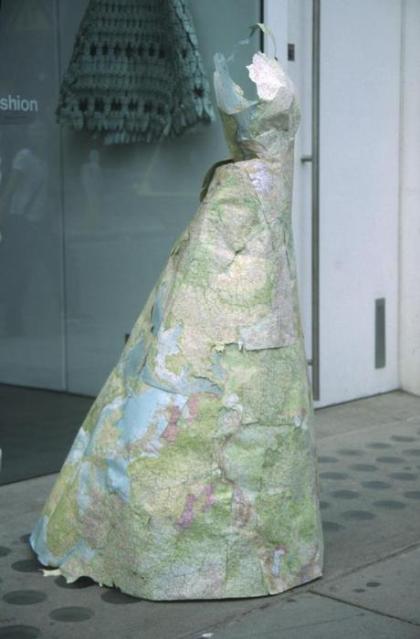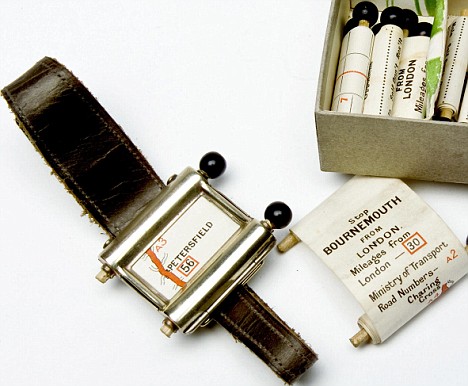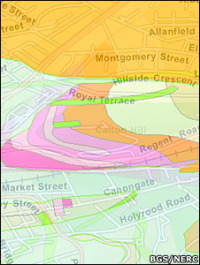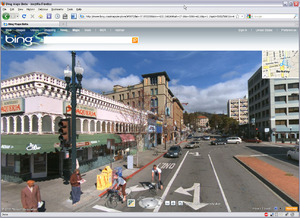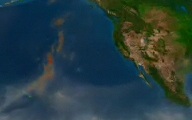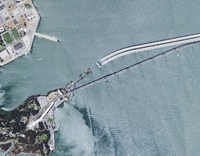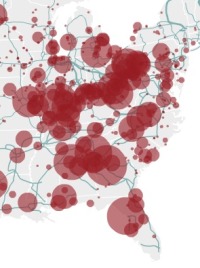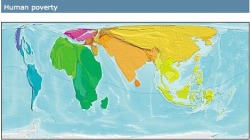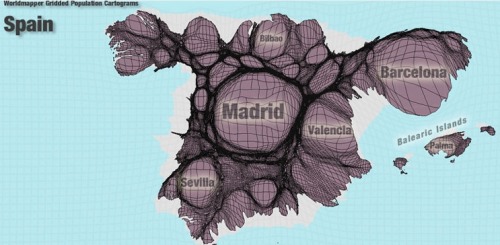Haiti earthquake information & maps
/Note: The Map Room has a good wrap-up of related maps, updated almost daily.
The Haiti earthquake, 7.0 magnitude, struck about 10 miles south-west of Port-au-Prince, was quickly followed by two aftershocks of 5.9 and 5.5 magnitude. The automatically generated Preliminary Earthquake Report from the USGS shake map U.S. Geological Survey includes many maps, including a shake map (top) and a look at historical seismicity in the area (bottom). More maps here.
USGS shake map U.S. Geological Survey includes many maps, including a shake map (top) and a look at historical seismicity in the area (bottom). More maps here.
They say: The January 12, 2010, Haiti earthquake (7.0 magnitude) occurred in the boundary region separating the Caribbean plate and the North America plate. This plate boundary is dominated by left-lateral strike slip motion and compression, and accommodates about 20 mm/y slip, with the Caribbean plate moving eastward with respect to the North America plate.
 Historical seismicityThe location and focal mechanism of the earthquake are consistent with the event having occurred as left-lateral strike slip faulting on the Enriquillo-Plaintain Garden fault system. This fault system accommodates about 7 mm/y, nearly half the overall motion between the Caribbean plate and North America plate. More here.
Historical seismicityThe location and focal mechanism of the earthquake are consistent with the event having occurred as left-lateral strike slip faulting on the Enriquillo-Plaintain Garden fault system. This fault system accommodates about 7 mm/y, nearly half the overall motion between the Caribbean plate and North America plate. More here.
And from NASA Earth Observatory, a map showing the topography and tectonic influences in the region of the earthquake.
 the topography and tectonic influences in the region of the earthquake
the topography and tectonic influences in the region of the earthquake
The NYTimes mapping division has a useful before and after tool using satellite (GeoEye) imagery; several key buildings are highlighted.



